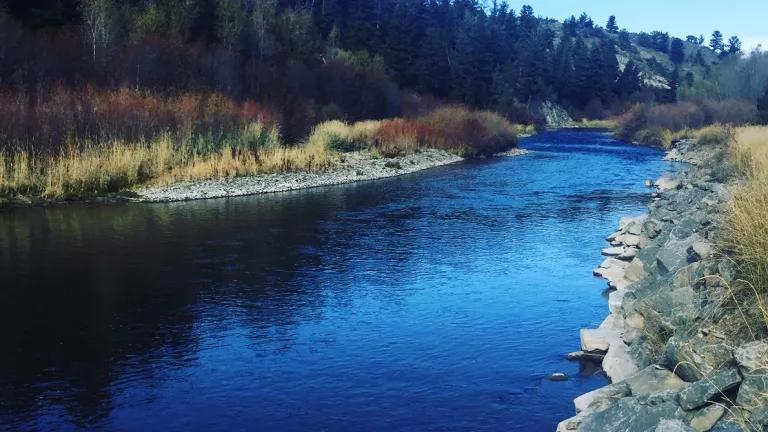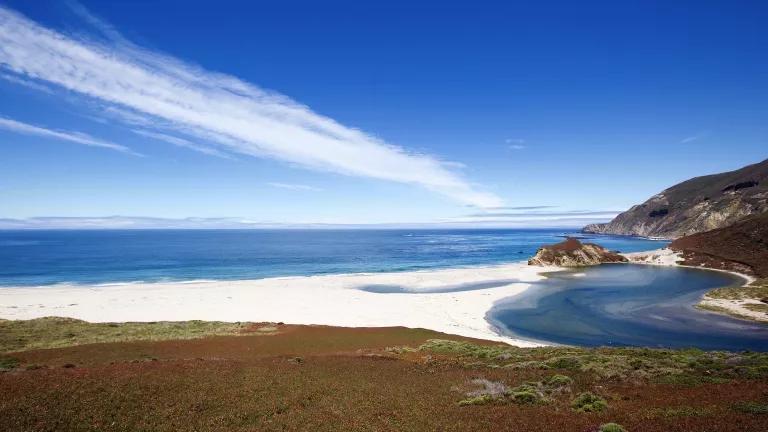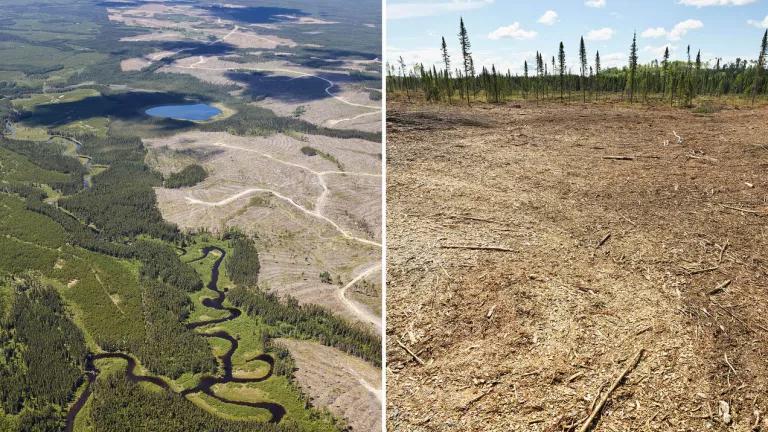
In 1933 FDR created the Civilian Conservation Corps (CCC) at a time when the nation desperately needed jobs—and hope. Today we are at a similar moment in time with an economic crisis precipitated by the Covid-19 pandemic, and we are also facing the twin environmental challenges of biodiversity collapse and climate change.
Charting the path forward for an equitable, climate-resilient Covid recovery is hard work—work that requires pragmatism and vision. Yesterday Senator Dick Durbin introduced a 21st century incarnation of the CCC that will help us tackle the multi-dimensional challenges we face today—the RENEW Conservation Corps. This modernized successor to the historic Corps would invest $55.8 billion over five years to hire over a million young people, 16 and up, to work on conservation projects on federal, state, local and tribal lands. These projects can create new parks and open space as well as tackle years of deferred maintenance.
Much like the recently passed Great America Outdoors Act, RENEW should enjoy strong bipartisan support, and the two pieces of legislation will work together to help protect, restore and increase access to public lands in communities nationwide.
While RENEW is inspired by the CCC, the act is notably and intentionally more inclusive than the 1930s program which was open only to men and housed its participants in segregated camps. RENEW will recruit and employ young people from diverse communities across the country—the bill includes an explicit requirement that participants reflect the demographics of the communities where projects are being undertaken—and provide them with hands on training in environmental stewardship.
The new program will provide funding and teams for projects such as: tree planting; cleaning up creeks; building trails, bridges, campgrounds, and playgrounds; planting pollinator gardens, green schoolyards and urban farms. With such a wide variety of potential projects RENEW will be an important tool for communities to protect and restore places they want to conserve as part of the national campaign to protect 30% of America’s lands, inland waters and ocean areas by 2030. This nationwide effort will help stop the dramatic decline many communities are seeing in their local fish and wildlife populations.
The program also provides a way for communities to implement natural climate solutions that not only help capture and store carbon, such as planting native trees, but also benefit wildlife and human communities alike by increasing the resiliency of natural systems, such as restoring wetlands and shorelines. RENEW will also help communities that historically have been underserved create new parks and open space where they live, where more access to nature is needed most.
In times of adversity Americans have proven over and over again that we can do hard things when we work together—creating a bold 21st century vision for environmental stewardship and job creation is the latest proof of this.



